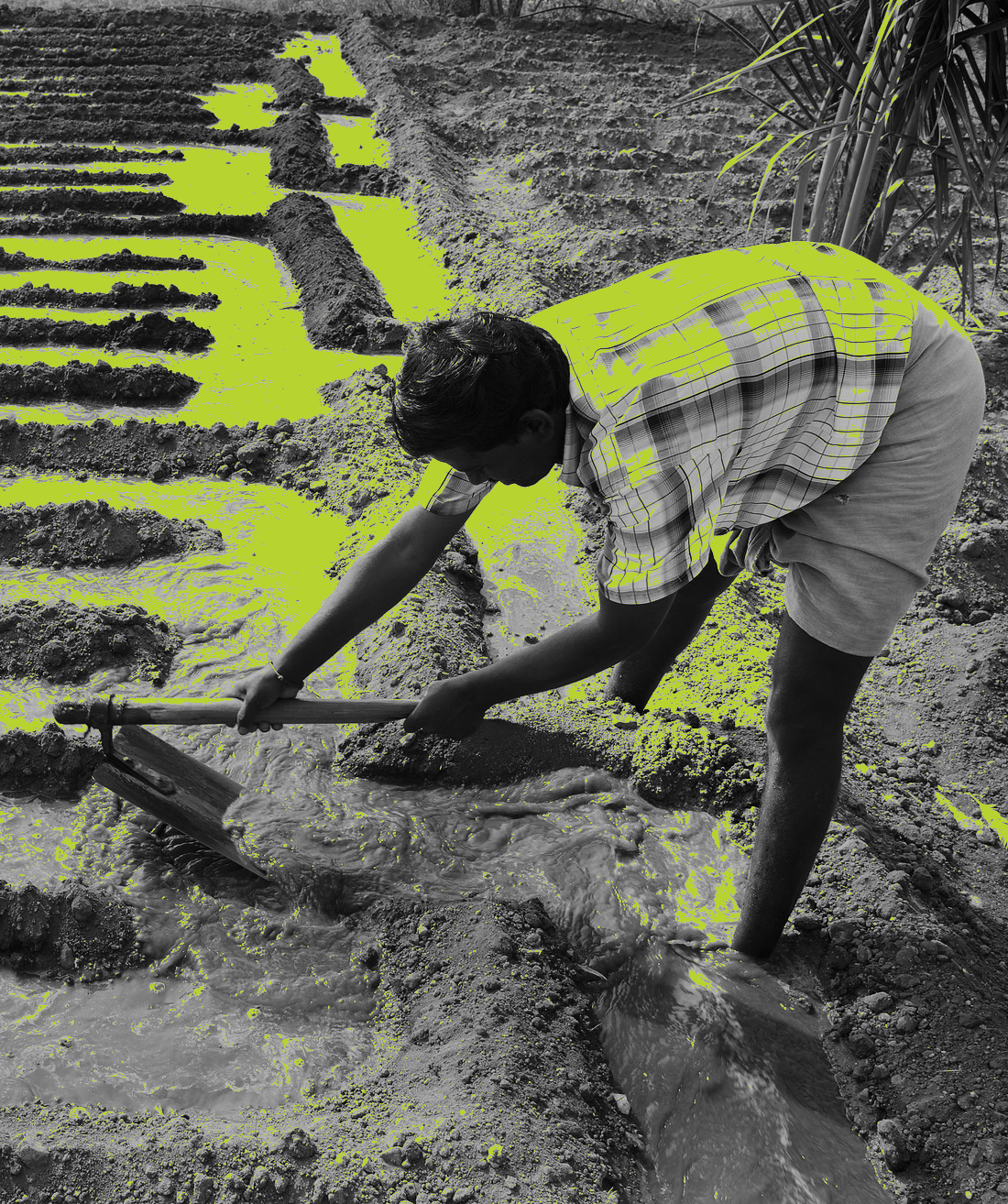At midnight on 5th July, it rained with a thunderstorm. I woke up to a crystal clear sky the following morning with a 39-degree exhibit on the mercury. The mind was in a continued state of restlessness as the body was drenched by heat and humidity.
Ulta Rath Mela was to be observed on 9th July. Paddy transplantation and planting of finger millet in upper land would be completed by Rath Mela, according to farmers. Green cover of farming on upper land in Godda and Gondli areas would captivate eyes. However, farmers were not even able to plough their fields this year. The lands were not even prepared to sow the seeds in the first place, thanks to the evasive nature of pre-monsoon showers this year. Monsoon rain was nowhere to be seen till the first week of June.
A folk song was suddenly stuck in my memory today; it goes like this-
Aiso Ka Akaal Barekha Gay Nayo
Bari Bhetre Leva Chhitaye re
Na Leva fute Na Leva pake
Khees jane ke maare re
Khees jane ke maare re
ISSUE NO. 5 DECEMBER
THE MARIWALA HEALTH INITIATIVE JOURNAL


Re-Vision 
Context 
Engage 
Mental Health In The Darjeeling Himalaya Socio-Ecology

Memories of ‘Floods’, ‘Erosion’, and ‘Displacement’

Environmental Health and Care Require Environmental Justice

From Collective Trauma to Collective Action

Troubled Waters

Is it a Good Time to Bring a Child into this World?

Working for Disabled People’s Organisation of Bhutan








